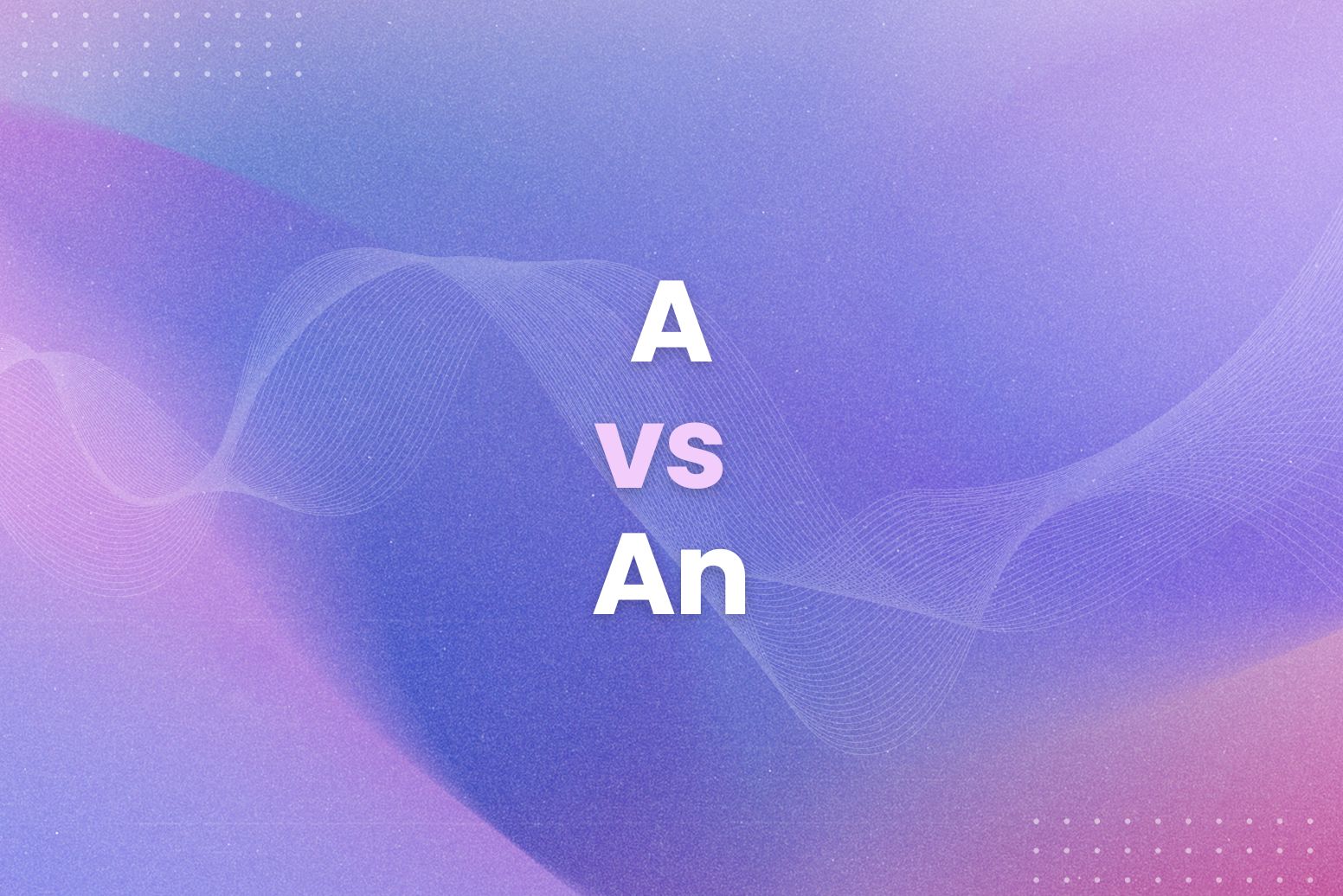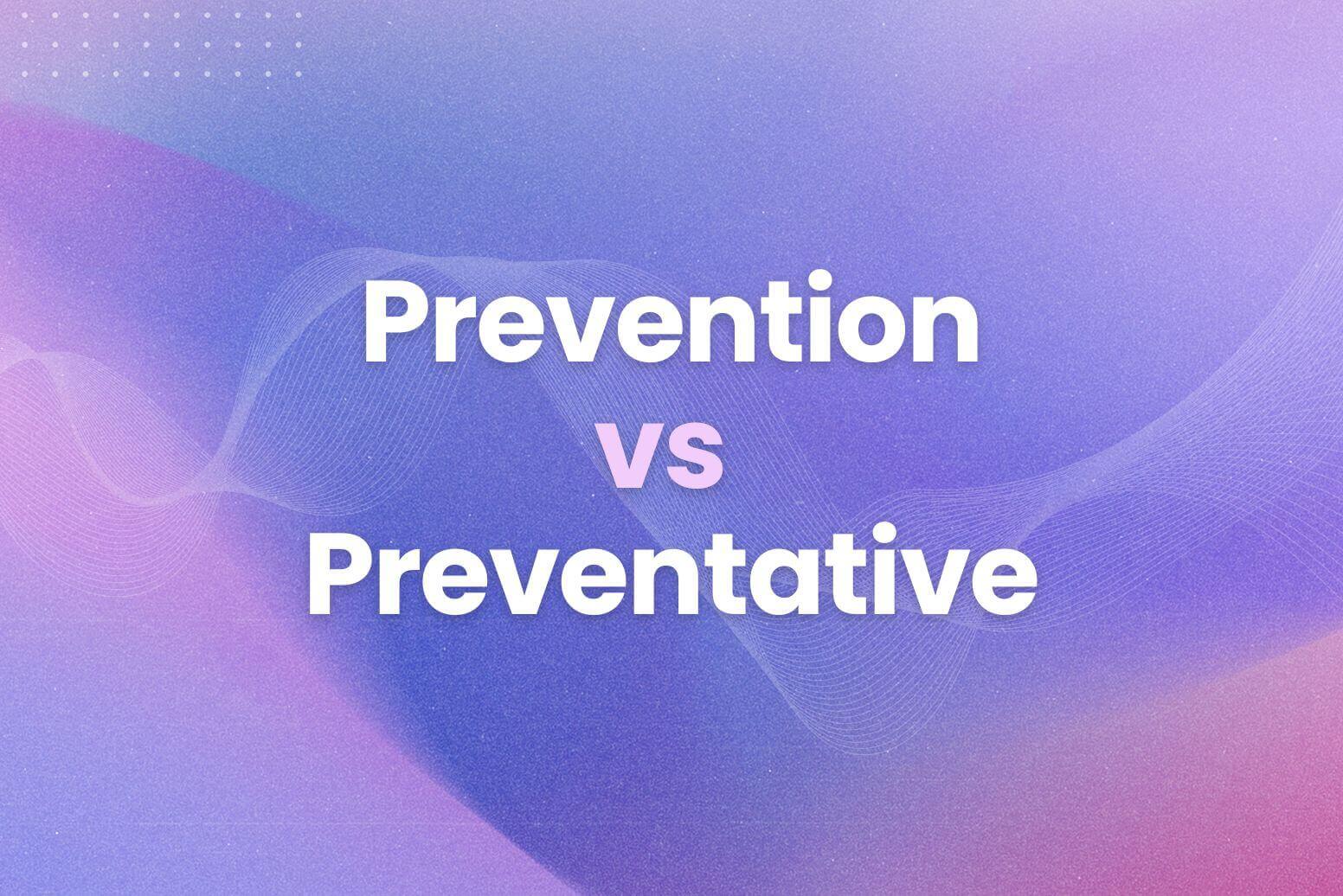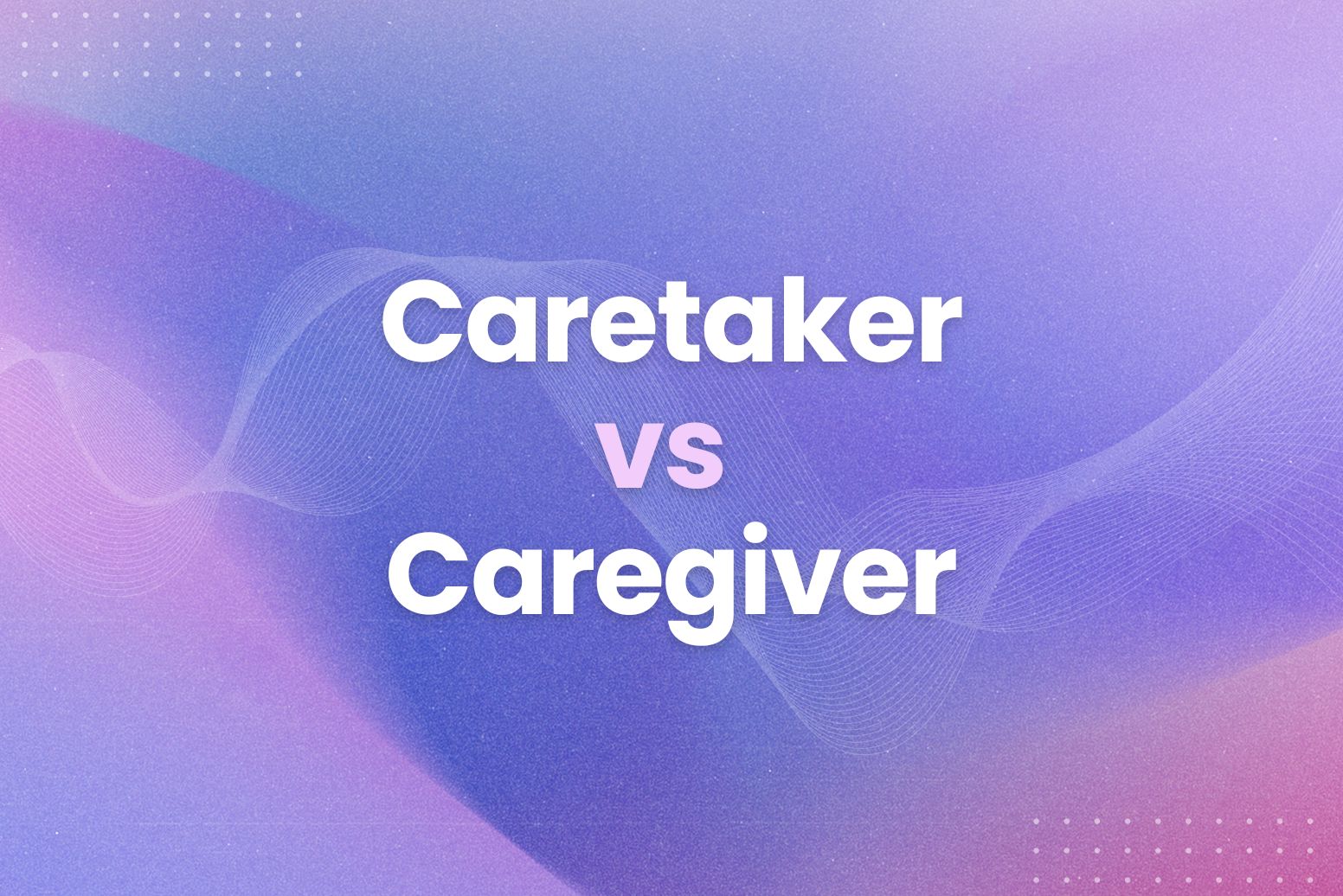The English language, with its quirks and complexities, can be a real head-scratcher. One of the most common stumbling blocks? Those tiny articles: “a vs an.” Many writers struggle with this simple grammar rule. For instance, do you say “a hour” or “an hour”? Getting it wrong can undermine your writing’s credibility. Therefore, this guide will clear up the confusion.
We’ll break down the “a vs an” rule, explain common mistakes, and provide easy-to-remember tips. As a result, you’ll write with more confidence.
Here’s what we’ll cover:
- The basic rule of “a” vs. “an.”
- Tricky words that often cause confusion.
- Examples of correct usage.
The Basic Rule: Sound, Not Spelling
The core rule for using “a” and “an” is surprisingly simple. It all boils down to the sound at the beginning of the word that follows. We use “a” before words that start with a consonant sound. For example, “a cat,” “a house,” and “a university” (the “y” sound is a consonant).
On the other hand, we use “an” before words that begin with a vowel sound. For instance, “an apple,” “an hour” (the “h” is silent, so it starts with an “o” sound), and “an umbrella.”
Pro Tip: It’s not about whether the word starts with a vowel or consonant letter. It’s about the sound. Therefore, this is the most common mistake people make.
Let’s clarify with a few more examples. “A European” starts with a “y” sound, which is a consonant. Thus, we use “a.” Similarly, “an honor” starts with a vowel sound. Consequently, we use “an.”
Tricky Words That Often Cause Confusion
While the basic rule is straightforward, some words can be confusing. These words often start with silent letters or letters that can produce both vowel and consonant sounds. Therefore, it’s important to pay close attention.
One common source of confusion is words starting with “h.” If the “h” is silent, as in “hour” or “honor,” we use “an.” For instance, “an hour ago” or “an honest mistake.” However, if the “h” is pronounced, like in “house” or “history,” we use “a.” For example, “a house” or “a history book.”
Another tricky area involves words starting with vowels that sound like consonants. The most common example is words starting with “eu” or “u” that sound like “you.” For example, “a university,” “a European country,” or “a uniform.” In these cases, even though they start with a vowel letter, they start with a consonant sound. Therefore, we use “a.”
Arvin Can Help!
Still not sure? Arvin, the AI-powered browser extension, can be your grammar guru. Chat with Arvin on any webpage for instant grammar checks. For instance, if you’re writing an email and are unsure about “a” or “an,” simply ask Arvin. Arvin can quickly confirm the correct usage, saving you time and preventing embarrassing mistakes. Moreover, Arvin can help with other grammar and writing issues, making it a valuable tool for anyone who writes online.
Here’s a quick recap of these tricky cases:
- Silent “h”: Use “an” (e.g., an hour).
- Pronounced “h”: Use “a” (e.g., a house).
- Vowel sounding like “you”: Use “a” (e.g., a university).
By keeping these exceptions in mind, you can avoid common errors and write with greater accuracy.
Examples of Correct Usage for A vs An
Now that we’ve covered the rules and tricky exceptions, let’s solidify your understanding with some clear examples of correct “a” and “an” usage. Seeing these in context will further clarify any lingering doubts.
Here are some examples using “a”:
- A cat sat on the mat.
- She bought a new car.
- He is a doctor.
- They live in a large house.
- It was a unique experience.
- A user interface.
Notice how each word following “a” begins with a consonant sound. Therefore, “a” is the correct choice.
Here are examples using “an”:
- An apple a day keeps the doctor away.
- He waited for an hour.
- She received an award for her work.
- It was an honor to meet her.
- They live in an apartment.
- An operating system.
In these cases, the words following “an” begin with a vowel sound. Consequently, “an” is the appropriate article.
Let’s look at some examples that often cause confusion:
- A European vacation (the “eu” sounds like “you”).
- An honest mistake (the “h” is silent).
- A university degree (the “u” sounds like “you”).
- An unusual occurrence (the “u” has a vowel sound).
Studying these examples shows how the sound, not the spelling, determines whether to use “a” or “an.” Furthermore, you can start to train your ear to recognize these subtle differences.
Write with Confidence: Arvin’s Got Your Back
Mastering a vs an doesn’t have to be a grammar nightmare. You can confidently choose the correct article by focusing on the sound of the following word. Remember the tricky exceptions, like silent “h” and vowels that sound like consonants. With these tips, you’re well on your way to polished, professional writing.
Here are the key takeaways:
- Use “a” before consonant sounds.
- Use “an” before vowel sounds.
- Pay attention to silent “h” and vowel sounds that sound like consonants.
- Practice makes perfect.
Still feeling unsure? Arvin, the AI-powered browser extension, is here to help. Chat with Arvin on any webpage for instant grammar checks, including those pesky “a” vs. “an” dilemmas. So, go ahead, write with confidence—Arvin’s got your back.
FAQs About A vs An
When to use a or an?
Use “a” before words that start with a consonant sound. For example, “a car,” “a dog,” “a university.” Use “an” before words that begin with a vowel sound. For instance, “an apple,” “an hour,” “an honor.” The key is the sound, not the spelling. Therefore, remember this important point.
When to use either a or an?
You should always use either “a” or “an” before singular, countable nouns. There is no situation where you wouldn’t use one or the other. For example, you would say “a book” or “an interesting book,” but never just “book” in a general sense. However, when talking about something in general, you can say, “I like books.”
What is an example of a vs an?
“An apple” (vowel sound) and “a banana” (consonant sound) are simple examples. Similarly, “an hour” (silent h, vowel sound) and “a house” (consonant sound) show how sound is key.
Is it a uniform or an uniform?
It’s “a uniform.” Although “uniform” starts with the vowel “u,” it’s pronounced with a “y” sound, which is a consonant sound. Therefore, “a” is the correct article.






